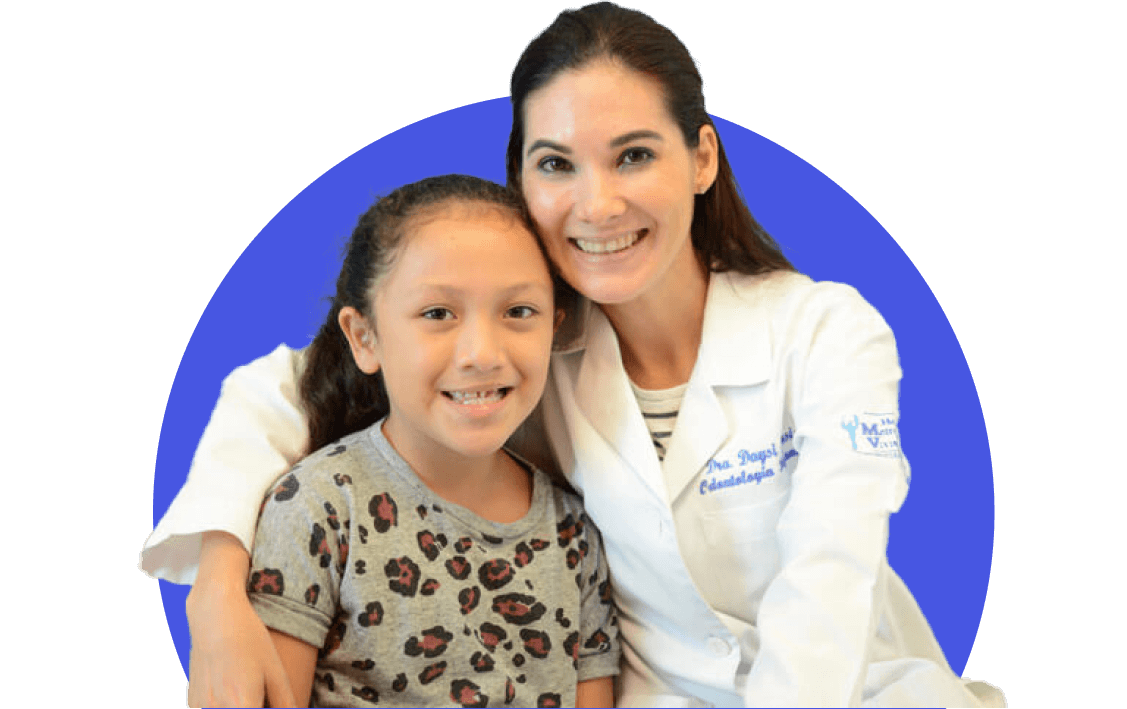- Cleft Home
- What is Cleft Lip and/or Palate?
- Prenatal Diagnosis
- Feeding Your Baby
- What is a Cleft Team?
- Surgery
- Hearing, Speech, and Dental Care
- Paying for Treatment
- Managing Feelings
- Craniofacial Conditions
- Toddlers and Preschoolers
- The School-Aged Years
- The Teenage Years
- Letter to a Teacher
- Information for Adults
- Support Organizations
- Learn More: Downloads
- Cleft Home
- What is Cleft Lip and/or Palate?
- Prenatal Diagnosis
- Feeding Your Baby
- What is a Cleft Team?
- Surgery
- Hearing, Speech, and Dental Care
- Paying for Treatment
- Managing Feelings
- Craniofacial Conditions
- Toddlers and Preschoolers
- The School-Aged Years
- The Teenage Years
- Letter to a Teacher
- Information for Adults
- Support Organizations
- Learn More: Downloads
In addition to recommending surgery to close a cleft lip and/or palate, your child’s cleft team may recommend a form of treatment called pre-surgical infant orthopedics (PSIO). PSIO treatment is usually overseen by the orthodontist or pediatric dentist on the cleft team. Its purpose is to reduce the size of a cleft lip during the weeks and months before a baby’s lip-repair surgery.
There are three main forms of pre-surgical infant orthopedics: NAM treatment, Latham treatment, and lip taping.
NAM Treatment
With nasoalveolar molding (NAM), a custom-made plate is placed in an infant’s mouth and held in place with tapes that attach to the child’s cheeks. The plate and the tape mold the tissue around the cleft to change the shape of the lips and gums. Some babies wear nasal stents as well, to reshape the nostrils.
NAM treatment requires daily home care and regular adjustments (usually weekly) by the orthodontist or dentist on the cleft team.
Latham Treatment
With Latham treatment, an appliance is placed in the baby’s mouth surgically (rather than taped) and is tightened in the office and at home. Latham treatment reduces the space of a baby’s cleft and reshapes the dental arch; it does not alter the shape of the nose.
Face Taping
With face taping, adhesive tapes are placed on the baby’s face to reduce the space of a cleft lip. Lip taping regimens vary from team to team. In some cases, a team will suggest combining face taping with other forms of therapies to reshape the nostrils, such as a nasal elevator or a nasal stent (called NoseAlign®). Face taping does not involve a plate or appliance worn inside the mouth.
Face taping is considered simple and convenient for caregivers; its effectiveness is not well studied in medical literature.



